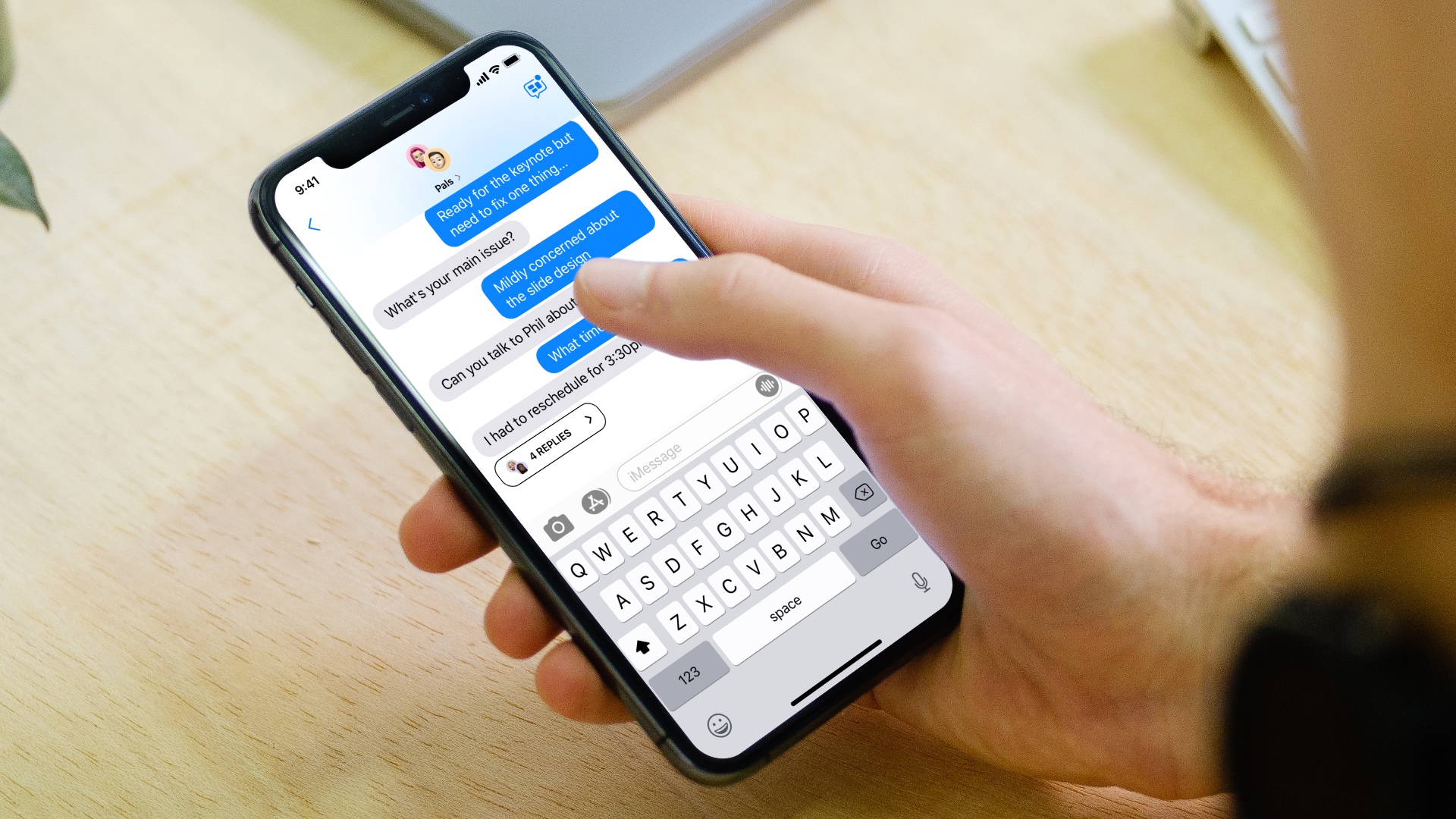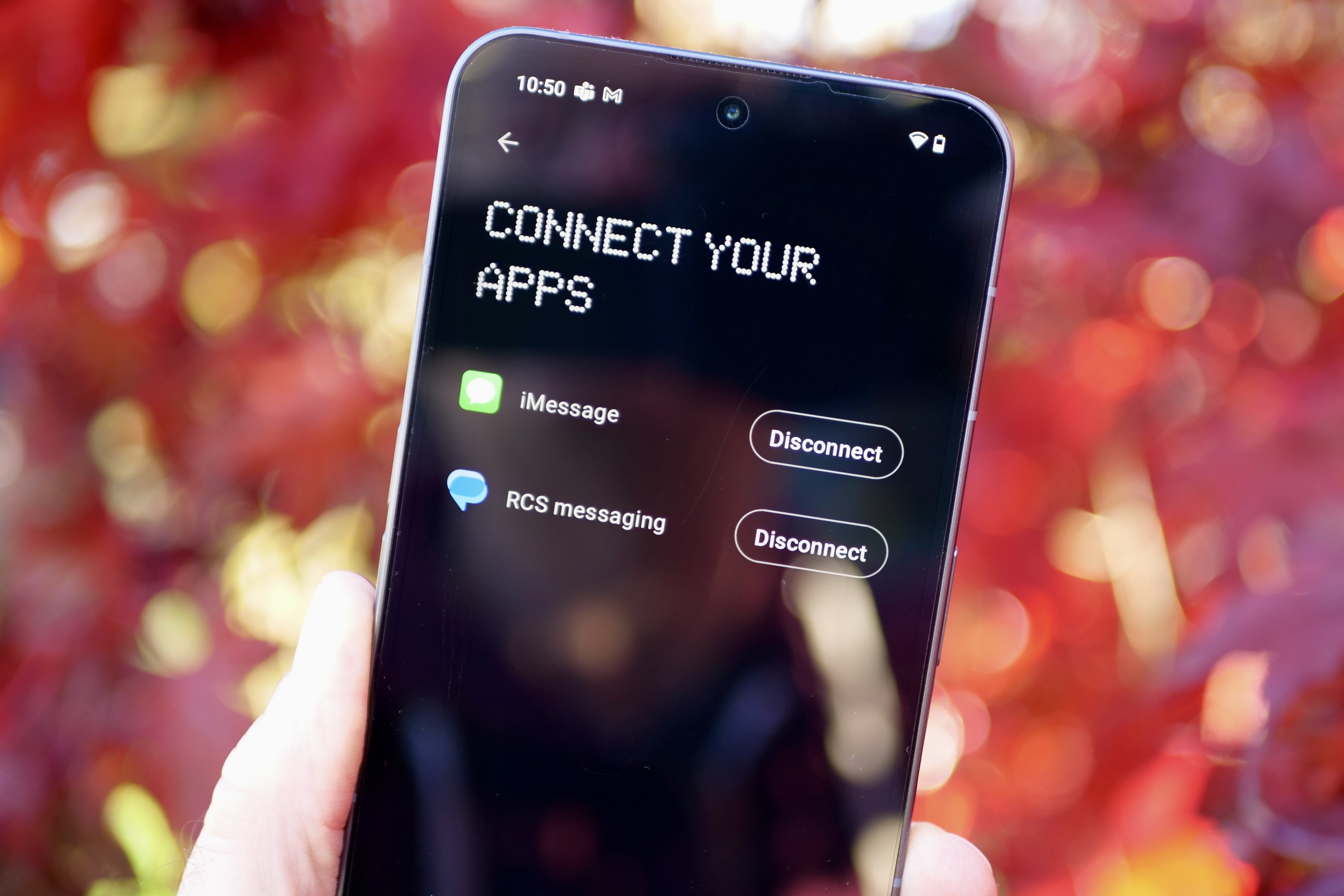In a bold move to enter the highly competitive US smartphone market, startup ‘Nothing’ has announced the integration of iMessage on its latest Android phone. With Apple’s strong position in the US market, especially among teens, Nothing aims to provide an alternative that allows users to experience the coveted blue bubble life without being tied to an iPhone.

Breaking the Challenge
Nothing’s initial success in Europe, India and other Asian markets hit a roadblock in the United States. The overwhelming market share of iPhones, especially among teenagers, posed a major challenge. With 87% of American teens owning an iPhone, access to the social ecosystem created by iMessage was crucial to Nothing’s success.

The innovative Solution: Nothing Chat app
To tackle this challenge, Nothing has developed the app “Nothing Chat”, in collaboration with Sunbird. Currently only available on Nothing Phone 2, this exclusive app allows users to sign in with an Apple ID and provides iMessage functionality on an Android device. The app enables seamless messaging, high-quality media sharing, and even supports typing indicators.

Security issues and Exclusive Offer
Although the integration of iMessage on Android phones is an innovative move, it comes with potential security risks. Users log in with their Apple ID to a server-owned Mac Mini, raising concerns about data privacy. Despite these risks, don’t bet on the exclusivity of this feature to attract users who want the capabilities of iMessage without committing to an iPhone.
Possible Response from Apple
Nothing founder Carl Pei expects Apple’s response to be muted given the ongoing antitrust investigation. Publicly acknowledging this innovative move could draw attention to Apple’s control over iMessage and its impact on consumer choices. Pei suggests that Apple may prefer to address security risks quietly rather than engage in public debate.

It will Work?
The key question remains: Will Nothing’s strategy resonate with American consumers? While some users may be attracted to the prospect of using iMessage on an Android device, the security risks associated with logging in with an Apple ID to a third-party server may deter many potential users. Time will tell whether Nothing’s unique approach can disrupt Apple’s dominance of the US smartphone market.
Conclusion
Nothing’s attempt to integrate iMessage into its Android phones is a bold move to challenge Apple’s strength in the US market. As the smartphone landscape continues to evolve, the success of this strategy will depend on consumer acceptance, willingness to accept security risks, and whether Nothing can gain a foothold in the competitive US market.






1 comment
chibuike heffley